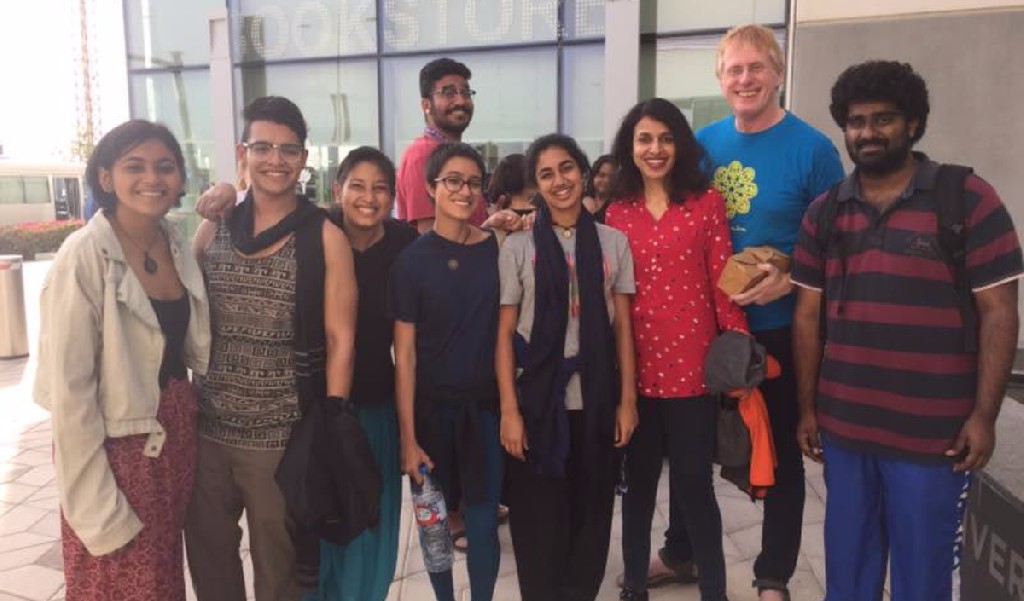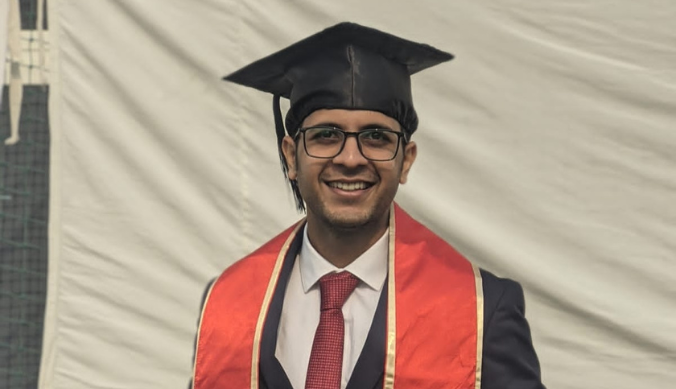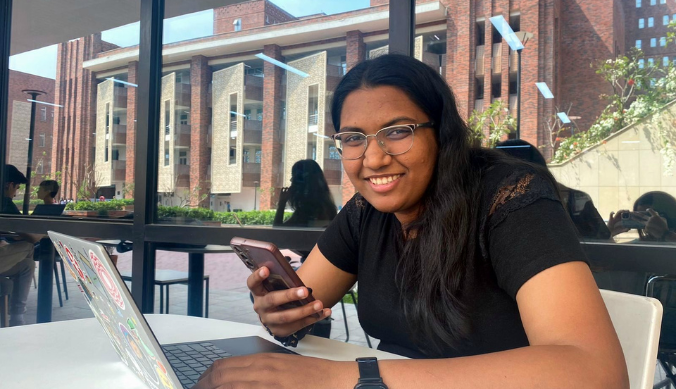The Cardenio Project
In a span of three weeks, Ashoka students wrote, rehearsed and refined their performance for the festival.

Office of PR & Communications
11 April, 2017 | 10 Mins readApril, 2017: The NYU Abu Dhabi Global Student Shakespeare Festival (6th to 10th April, 2017) celebrated the international character of Shakespeare’s work by calling teams from colleges all over the world to perform and discuss their adaptations of Shakespeare’s plays. This year, teams from Cairo University, Nanyang Technological University Singapore and Ashoka University, along with two teams from NYUAD, performed their adaptations of Shakespeare’s lost play, Cardenio. In three weeks, the team from Ashoka University (headed by Professors Madhavi Menon and Jonathan Gil Harris) wrote, rehearsed and refined their performance for the festival. After many practice sessions in the dance studio, the team flew out to NYUAD to take part in the festival. One practice even happened in a narrow corridor in NYUAD’s Arts Center, right before the performance started.

(Left to Right) Prof Harris, Ira Sen, Goutam Piduri, Sreya Muthukumar, Udeshi Basu, Purvai Aranya, Anirudh Saigal, Prof Menon.
However, the final performances were held only on the last day of the festival. In many ways, the beauty of this festival lay in how, like Shakespeare’s works themselves, the experience extended beyond the classrooms and discussions. Even before the festival began, our team received the opportunity to witness an incredibly moving flamenco adaptation of Sophocles’ Antigone, which blended together song, dance, poetry and witty political interjections at every turn; it was so moving that some of us wept through the hour-long piece.
An auspicious start to our trip, this performance set the tone for the experiences and interactions that we would soon have. The incredible experiences of the festival were not confined to the performances, neither were they simply routed through discussions of Shakespeare alone. Meeting teams from Egypt, Singapore and NYUAD allowed us windows into other lives that seemed incredibly far, and yet uncannily familiar — understanding of subtle differences and starker similarities grew in the daily interactions. We had conversations while trying to navigate NYUAD’s incredibly confusing campus; over hearty meals always supplemented with hummus; dune-climbing and movement workshops in the desert; and several sleepy bus rides back to campus. At the end of the journey, the final performances were exciting presents to be unwrapped, a peek into the creative process of the people one had grown so fond of.
Each university’s performance attempted to bring Cardenio out in their own contexts, and our readings of each of the plays was affected by both the pre-performance interactions and the post-performance conversations. NTU Singapore presented a version of Cardenio that dealt with the lost status of the play, intertwining theatrical devices with reflections on the nature of reading and interpretation. They also realised the fragmented nature of their play brought out the cultural status of their country, how individuals need to find their own cultural truths in the various identities that coexist in Singapore. NYUAD’s performance used theatrical and media- based devices to explore the multiplicity of Shakespeare’s work – the chaos within it – and actually chose to stay away from ideas of culture, perhaps because the campus is so multicultural and diverse. Cairo University presented a silent performance that explored the dynamics of power and aggression between the characters of Cardenio, using traditional upper- Egyptian music and costume. Ashoka University’s performance was an attempt to render the narrative of Cardenio in different ways, showing how stories become fragmented and take on lives of their own, especially in the various cultural contexts of India. The story, was retold by three maids who took ownership of the tale. Our Indianised version featured characters from different class backgrounds, who spoke different languages, and used different modes of storytelling. The performance began and ended with movement pieces that mimed the fluidity with which stories spread. The opening movement then moved into other modes – Bollywood song, and puppet theatre – to open up the ways in which desire is shaped, created, and controlled. The final scene focused on individual monologues, each of which explored the story of Cardenio from multiple directions. Each monologue also used different forms of storytelling – magical realism, bazaar talk, TV journalism, classical dance presentation, political rally, street talk – to point to the impossibility of a single perspective. The audience loved it all, but was most tickled by the on-screen Bollywood romancing of Sreya and Zico, who danced in accompaniment to lusty hoots from the on-stage maids and the audience.
The festival highlighted the complex relationship of the universal and the particular, the global and the local, that has always been part of the conversation around Global Shakespeare. –Cardenio’s source materials are to be found in a Spanish text, and the play’s inheritors are now to be found in Cairo, Singapore, Abu Dhabi, and Delhi. Our time at NYUAD wove together a dazzling network of relationships that straddled borders of country, language, and thought. We were all delighted by what we learnt in the desert sands of the Emirates – so far away from Shakespeare’s rainy London, and yet so near.

(Left to Right) Anirudh, Goutam, Purvai, Udeshi, Ira, Sreya
(The writers are undergraduate students at Ashoka University, who participated in the play.)












